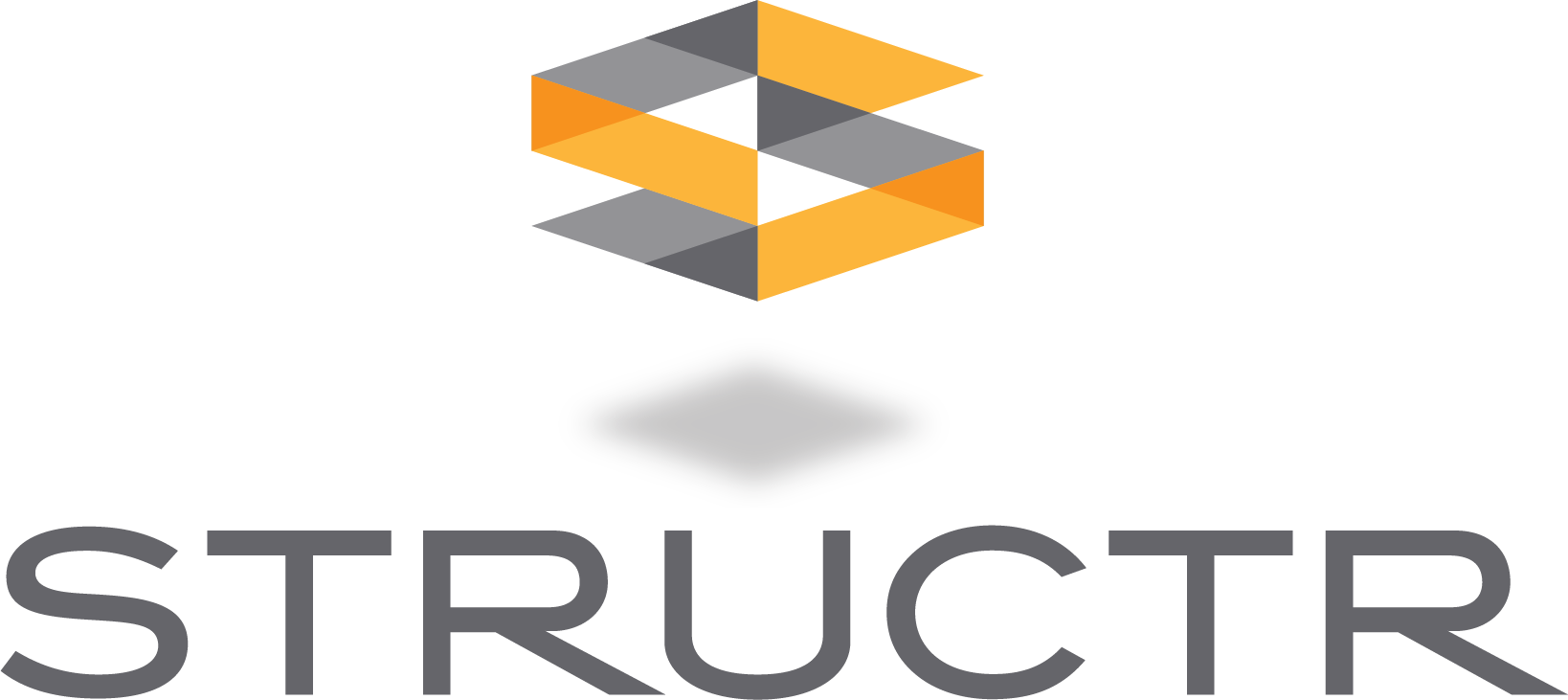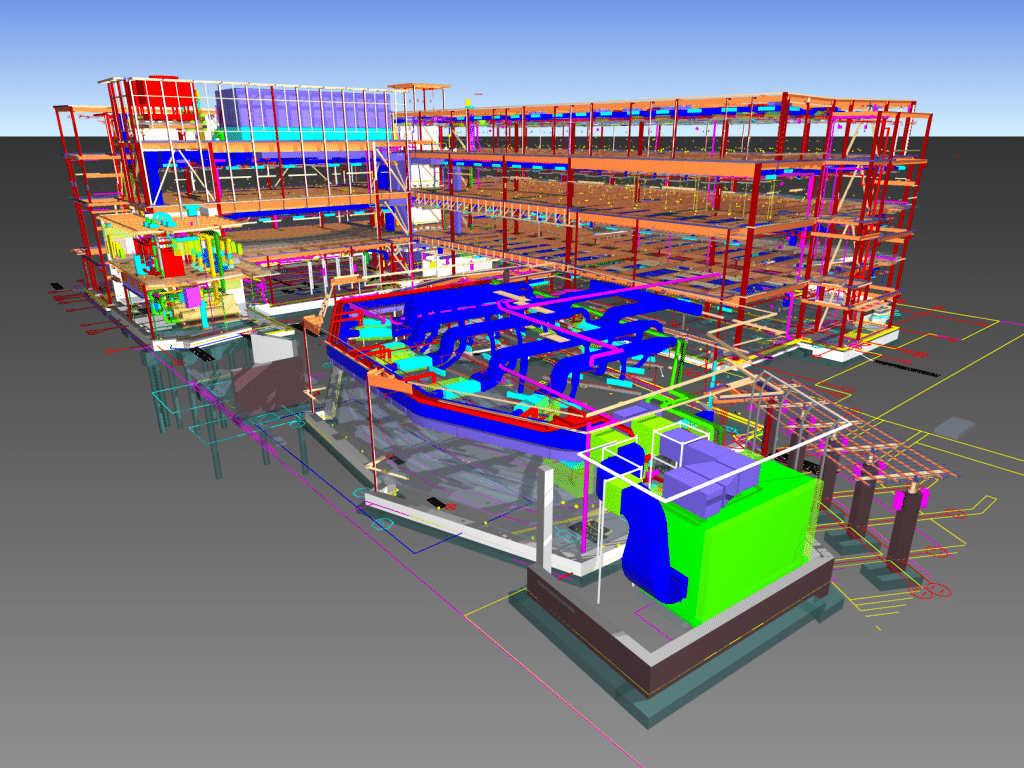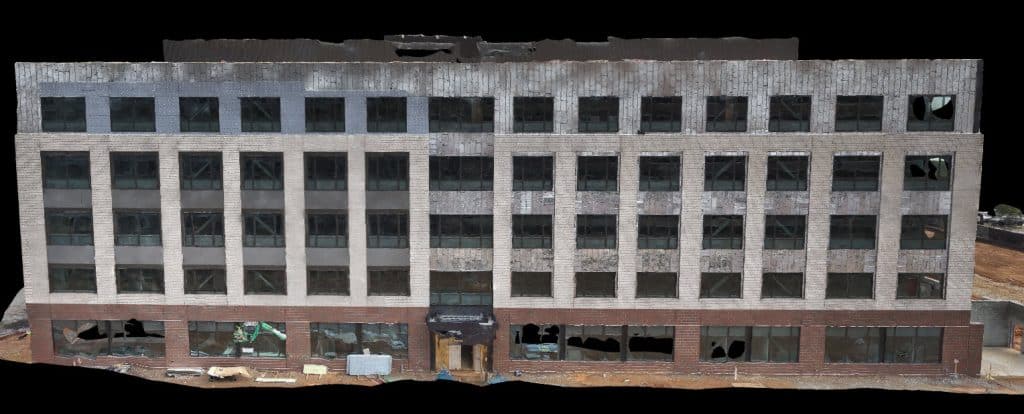

Sep 29, 2024
Staying ahead of the competition and speeding up digital information flow on construction projects begins with investing in cutting-edge technology. By incorporating data-driven technology into their building strategies, companies can enhance collaboration, improve decision-making, and accelerate project execution. As the application of virtual design and construction (VDC) technology becomes more ubiquitous, evaluating the benefits in practice helps clients prioritize needs on the job site.
Building Information Modeling (BIM)
Building Information Modeling (BIM) enables clients to visualize a virtually completed project before construction even begins. Implementing BIM early in the construction process enhances collaboration and coordination, ensuring informed design decisions. Unlike traditional 2D paper drawings with multiple versions, BIM allows all stakeholders to contribute comments within a single model. While often misunderstood as a 3D design tool, BIM manages all the information throughout the project’s lifecycle. Even after completion, handing over the BIM model to the facilities management team provides crucial insights into the building’s MEP systems, specifications (like finishes, lighting, and furniture), and architectural details, which are invaluable for any future renovations.

This BIM model is what is shared with clients in which the structural and MEP systems are discussed. It is an educational way the clients can see what is happening before the job is done.
Virtual Reality
Virtual Reality (VR) plays a role in finalizing the project’s visual aspects. It takes the client one step closer to viewing the final product before the first shovel hits the ground. VR gives the client the opportunity to engage with the project. They can see and make decisions before and during construction. This helps minimize the risk of changes during the lifecycle of the project.
Drones are increasingly being used in construction to capture existing conditions, such as topography and ongoing construction progress, including elements like erosion and sediment control, site control, and facade conditions—anything that has been put in place. They can also employ photogrammetry to create 3D meshes of real-world environments, which can then be integrated with BIM models. These 3D meshes serve as valuable tools for comparison and verification throughout the construction process.

This is a detailed geospatial mesh of an office project, showing ground and above-ground facades that are densely and accurately reconstructed.
Data Collection Devices
Facility management models extend the usefulness of BIM models beyond the construction phase, providing precise information about equipment locations, routing, and maintenance, which streamlines the workflow for facility managers. With faster access to detailed information, including equipment operations and maintenance data, BIM models can be integrated with a facility’s asset tracking software. At the highest level, these models can even communicate directly with building equipment, offering real-time feedback on performance and lifecycle data. This integration gives owners deeper insights into the effectiveness of the building’s components while enhancing the operations team’s ability to maintain the facility efficiently.
Technology Delivers Results
Adopting the latest technologies on the construction site is a smart business move. The key lies in selecting the right tools that align with the client’s ultimate objectives. Developing a BIM model offers an accurate visual representation of the completed project, helping to identify potential issues early on, saving both time and money. VR complements this by providing a full “walk-through” experience, allowing the client to review every detail before breaking ground. Not all advancements need to be as complex as BIM or VR—using monitors and sensors to track site conditions offers real-time data that enhances worker safety and promotes community health. These innovative technologies are reshaping how the construction industry functions and will influence the way future projects are executed. By incorporating them into your next construction project, you will see improvements across the board—better reporting, budget management, scheduling, and team collaboration.